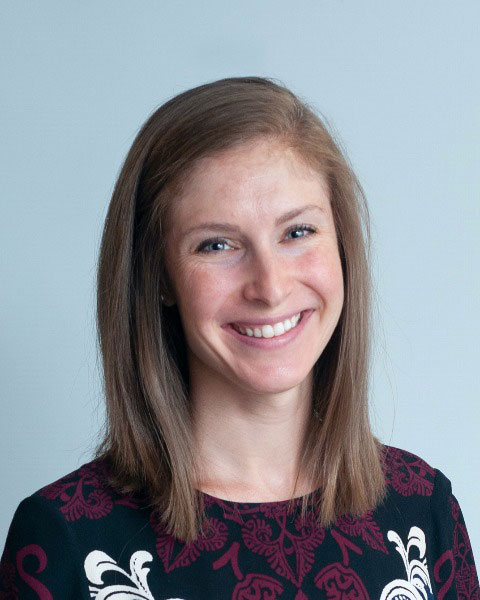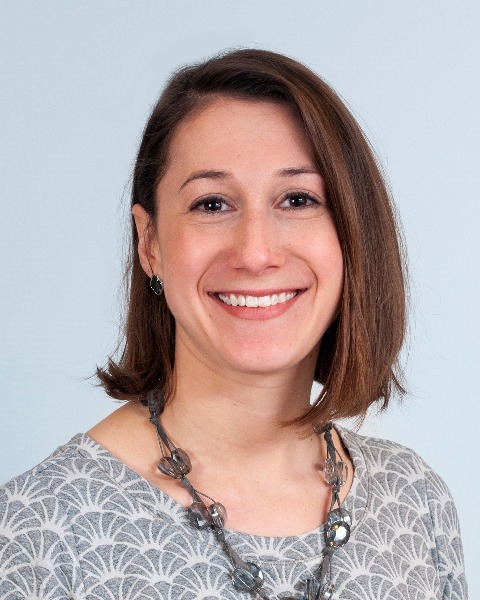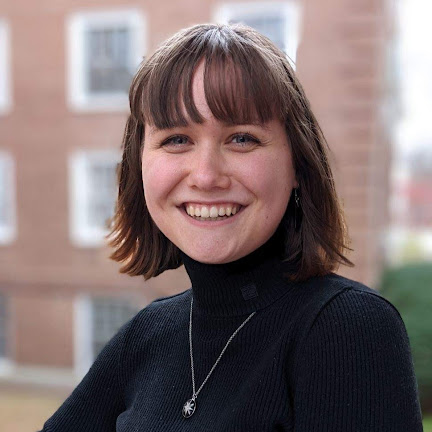Symposia
Technology/Digital Health
1 - (SYM 109) Patterns of Engagement with Coaches During Smartphone App-based Cognitive Behavioral Therapy for Body Dysmorphic Disorder: What Users Want and Need

Emily E. Bernstein, Ph.D. (she/her/hers)
Clinical Psychologist
Massachusetts General Hospital/Harvard Medical School
SOMERVILLE, Massachusetts, United States- JG
Jennifer L. L. Greenberg, Psy.D.
Psychologist/Assistant Professor
Massachusetts General Hospital/Harvard Medical School
Boston, Massachusetts, United States 
Hilary Weingarden, Ph.D. (she/her/hers)
Psychologist/Assistant Professor
Massachusetts General Hospital
Boston, Massachusetts, United States- IS
Ivar Snorrason, PhD (he/him/his)
Staff Psychologist
Massachusetts General Hospital / Harvard Medical School
Boston, Massachusetts, United States - BS
Berta Summers, PhD (she/her/hers)
Clinical and research fellow
Massachusetts General Hospital
Boston, Massachusetts, United States - JW
Jasmine Williams, B.A.
Clinical Research Coordinator
Massachusetts General Hospital
Boston, Massachusetts, United States 
Rachel E. Quist, B.A.
Clinical Research Coordinator
Massachusetts General Hospital
Somerville, Massachusetts, United States- JC
Joshua Curtiss, M.A., Ph.D.
Assistant Professor in Applied Psychology
Northeastern University
Boston, Massachusetts, United States - OH
Oliver Harrison, MA, MBBS, MPH
CEO
Koa Health
Barcelona, Catalonia, Spain .jpg)
Sabine Wilhelm, Ph.D. (she/her/hers)
Professor, HMS; Chief of Psychology, MGH; Director, Center for Digital Mental Health, MGH
Harvard Medical School
Boston, Massachusetts, United States
Speaker(s)
Co-author(s)
Patterns of engagement with coaches during smartphone app-based cognitive behavioral therapy for body dysmorphic disorder: What users want and need
Body dysmorphic disorder (BDD) is severe and undertreated. Smartphones could expand access to cognitive behavioral therapy for BDD (CBT-BDD). Coach guidance is thought to maximize uptake and response in digital health. However, little is known about how people prefer to use coaching, what patterns of engagement lead to better outcomes, and thus how to match coaching to patient preferences and needs. Participants (N=77) received a 12-week smartphone CBT-BDD with coaching available by asynchronous messaging. The function of messages sent by users to their coaches were coded using the efficiency model of support (i.e., technical issues, encouragement or accountability, improving treatment fit, enhancing knowledge, and implementation of skills). We classified patients by when and for what purposes they sent messages, and assessed baseline predictors of engagement patterns and whether distinct patterns related to clinical outcomes. Regarding the frequency of messages, latent profile analysis (LPA) revealed 3 profiles: (1) peak mid-treatment (16.9%), (2) bimodal/peaks early and late in treatment (10.4%), and (3) low/no communication (72.7%). Regarding content or function of messages, LPA revealed 4 profiles, characterized by mostly (1) encouragement (52.0%), (2) fit (15.6%), (3) knowledge (15.6%), and (4) miscellaneous/no messages (16.9%). There was a relationship between frequency profile membership and age, F(2,74)=3.06, p=.05; the bimodal group was older than the low contact group. With content profile membership, there was an effect for BDD severity, F(3,73)=3.41, p=.02, and dropout, c 2=10.51, p=.01. Encouragement and knowledge groups had more severe baseline symptoms than the fit group, and there was greater treatment dropout in the miscellaneous/no contact group and less dropout in the encouragement group. There were no effects of profile membership for treatment response. Overall, messaging was most used for encouragement. Although low contact could signal elevated risk of dropout, more frequent contact did not universally lead to better outcomes. Results do not mean that coaching is unhelpful. Instead, people may seek the type and frequency of communication they need. Pressing for regular contact with all users may be a suboptimal use of human resources. Findings can support more personalized, data-driven, and resource-efficient coaching.

.png)
